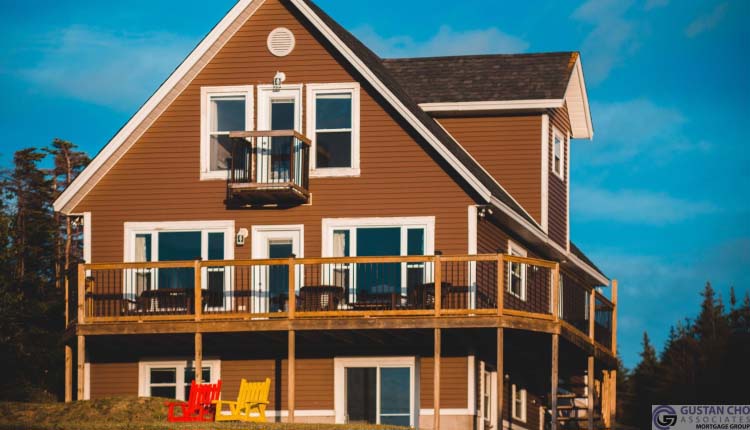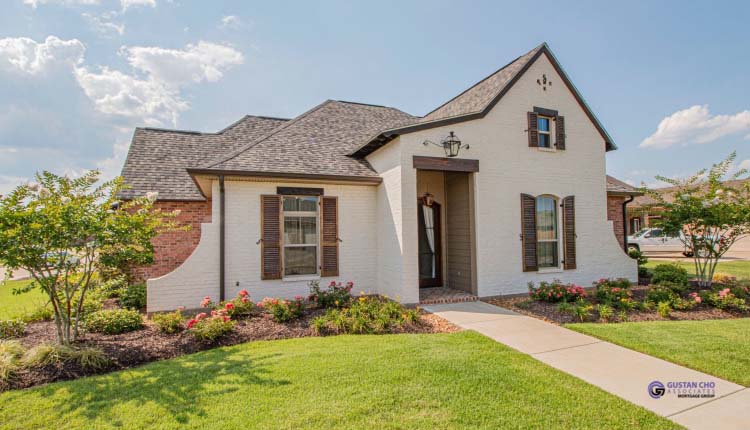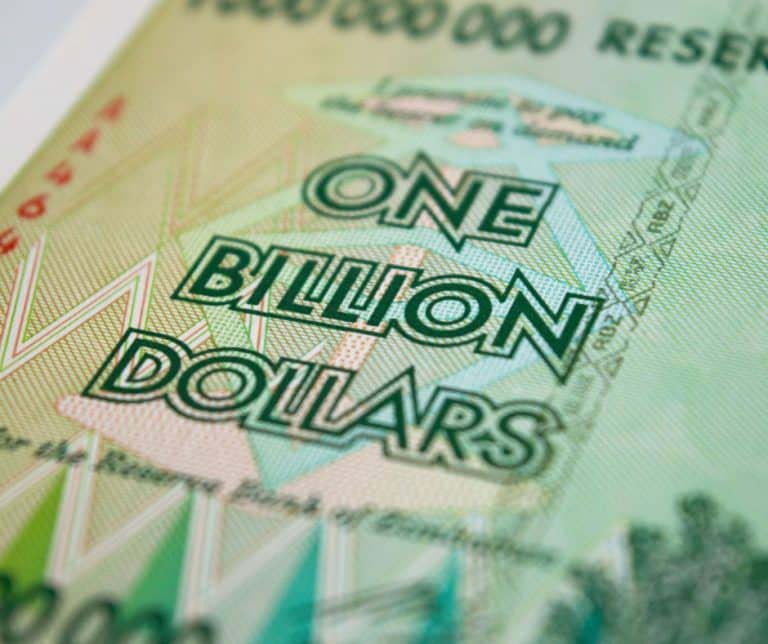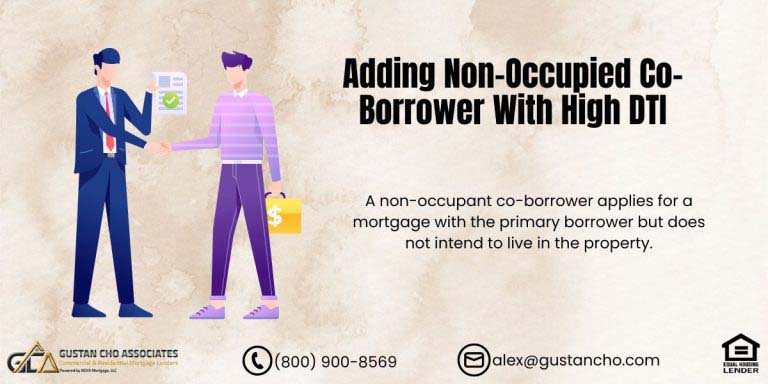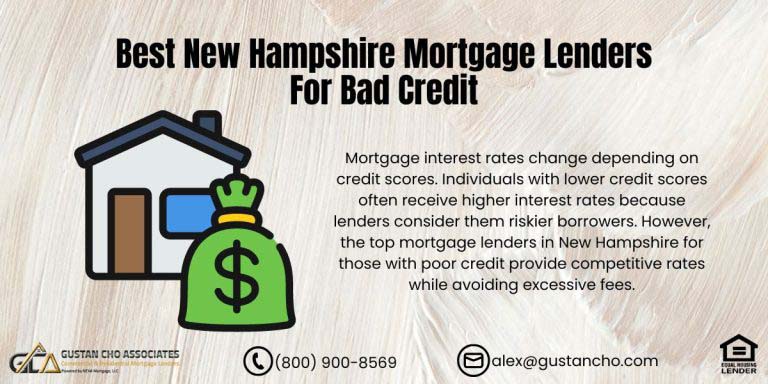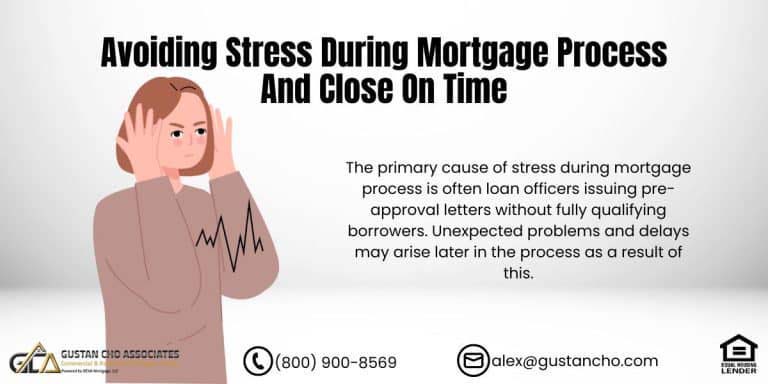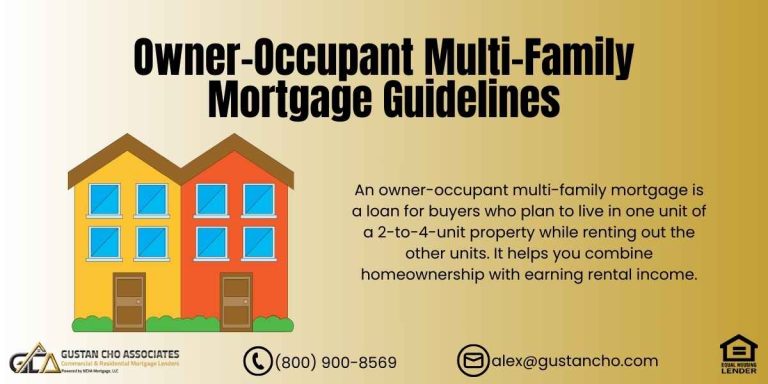This guide covers subprime loans and non-QM mortgages. Borrowers who have bad credit or not enough income due to self-employment or other reasons may not qualify for a conventional loan or a low down payment loan offered by FHA, USDA, or VA. Borrowers who cannot qualify for traditional conforming mortgages may consider subprime loans and NON-QM Mortgages. Because of the higher risk associated with lending to borrowers that have a poor credit history, subprime loans and non-QM mortgages typically require a larger down payment and a higher interest rate
Subprime Loans Explained
There various types of Subprime Loans and NON-QM Mortgages. Subprime loans are a great form of alternative financing for homebuyers to become homeowners who do not meet the following requirements. There is no waiting period after bankruptcy and/or foreclosure to qualify for a traditional mortgage loan.
Self-employed borrowers who do not show enough qualified income on their income tax returns usually benefit from the bank statement mortgage program.
Subprime loans refer to a category of loans that are extended to borrowers with less-than-ideal credit histories and lower credit scores. These borrowers are considered to have higher credit risks by traditional lending standards. As a result, subprime loans typically come with higher rates and costs than prime loans.
Qualify For Non-Qm Mortgage Fast, Click Here
What Are The Characteristics of Subprime Loans
Key characteristics of subprime loans include lower credit scores: Subprime borrowers typically have credit scores below a certain threshold, which may vary among lenders but generally falls below 620 or 640 on the FICO credit scoring scale.
Due to the increased risk associated with subprime borrowers, lenders charge higher interest rates on subprime loans compared to prime loans.
These higher rates can significantly increase the cost of borrowing over time. Subprime loans have risk-based pricing: Lenders may employ risk-based pricing models to determine subprime borrowers’ interest rates and terms. The terms offered can vary based on the borrower’s creditworthiness and financial situation.
Subprime Lending Market
Subprime lending played a significant role in the U.S. housing market during the mid-2000s, particularly in the lead-up to the 2007-2008 financial crisis. During this period, there was a significant increase in the issuance of subprime mortgages, which were often bundled together and sold as complex financial instruments.
The term “subprime loans” is often associated with this period of financial turmoil, and the subsequent regulatory changes and reforms were implemented to address some of the issues that arose from the widespread use of subprime lending practices.
When housing prices started to decline and borrowers began to default on their subprime mortgages, it triggered a broader financial crisis with far-reaching economic consequences. Since then, the lending industry has become more cautious about extending subprime loans, and there have been stricter regulations to prevent some of the risky practices seen in the past.
Bank Statement Mortgage For Self-Employed Borrowers
Bank State Mortgage Loan Programs are a great alternative financing option for self-employed borrowers: No doc fix and flip loans are a popular NON-QM Loan Program. No doc investment property loans for real estate investors. No income verification mortgage loans.. Private money lending available on both residential and commercial properties.
Benefits of NON-QM Loans
A subprime loan and NON-QM Mortgage can give a person the opportunity to become a homeowner sooner rather than later: This holds true especially in many areas where home prices are appreciating double-digit percentage points every year. Alternative Financing may require a larger down payment and have higher mortgage interest rates. But these loan programs give a person the opportunity time to clean up their credit and improve their income profile. Once they meet traditional mortgage guidelines, they can refinance their subprime or non-QM loan into a government or conventional loan at a lower rate at a later time.
Cash-Out Refinance Mortgages
Homeowners who have a mortgage can look at cash-out refinance and get cashback for the equity you already have in the home: This cash-out could be used to pay off consumer debts, second mortgages, credit cards, auto loans, student loans, or other debts. It could be a good way to clean up a troubled credit history, save money each month, and start rebuilding and re-establishing creditworthiness. Click here for cash-out refinance mortgage loan
Subprime Loans Are Used as Bridge Short Term Loans
Whether it is for a home purchase or refinance, subprime loans should typically be used as a short term solution. Most borrowers of subprime and non-QM loans are folks who use it as a bridge loan until they get their credit and qualified income profile in order so they can qualify for an end loan. Borrowers of subprime and non-QM loans normally work to clean up their credit and income in order to qualify for a refinance mortgage for better terms and lower mortgage interest rates.
Benefits of Subprime and Non-QM Loans
Subprime loans were developed to help higher-risk borrowers who do not qualify for traditional home loans obtain a mortgage. Many borrowers with bad credit are good people who honestly intended to pay their bills on time. Catastrophic events such as the loss of a job or a family illness can lead to missed or late payments or even foreclosure and bankruptcy. Now there are mortgage companies that take into consideration events outside the borrower’s control, but not without a price.
Risk Versus Rewards
Lenders are compensated for risk in the form of interest rates: The higher the lender perceived its risk to be, the higher the rate they will charge for the privilege of borrowing their money. The lower the risk, the lower the rate. The higher the risk for the lender, the larger down payment requirement. Greater Risk of Default:
Mortgage borrowers of subprime loans are more likely to default, which can lead to financial losses for lenders and investors who hold these loans.
Gustan Cho Associates offers Non-QM Mortgages One Day Out Of Bankruptcy and Foreclosure. Since the bankruptcy or foreclosure was very recent, lenders will require 30% down payment. Several risk factors are taken into consideration when evaluating a borrower for a subprime mortgage, the most important being payment and credit history.
Qualification Requirements
Risk tolerance is the number one concern of all lenders. Subprime and NON-QM Loans are considered higher risk loans. Here is what Non-Qualified Mortgage Lenders take into consideration when underwriting Subprime and NON-QM Loans:
- Borrower’s debt to income level
- Borrower’s employment history
- Type of property
- Assets and liabilities, as well as other factors, are taken into consideration when determining down payment and/or mortgage interest rates of subprime and non-QM loans
- 10% to 20% down payment is required
- No pre-payment penalties
- No tax returns nor income verification loan programs
- Jumbo mortgages down to 500 FICO
Subprime borrowers may have fewer loan options, and they are more likely to be offered loans with adjustable interest rates, balloon payments, or other less favorable features. Homebuyers who have more questions on Subprime and NON-QM mortgages, please contact us at 800-900-8569 or text us for a faster response. Or email us at gcho@gustancho.com.


